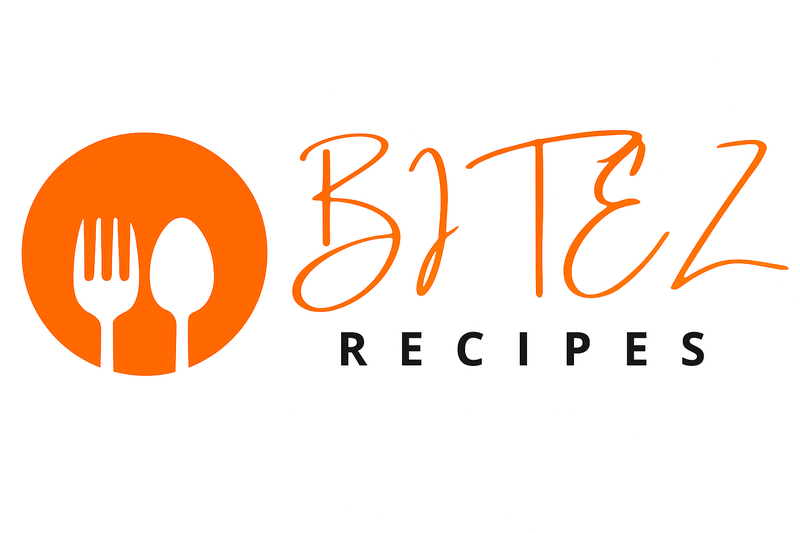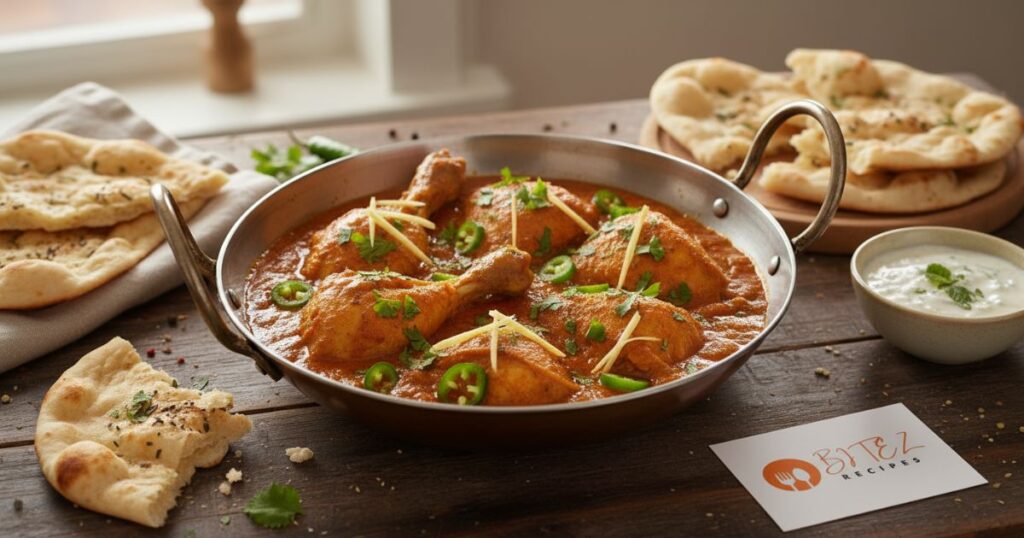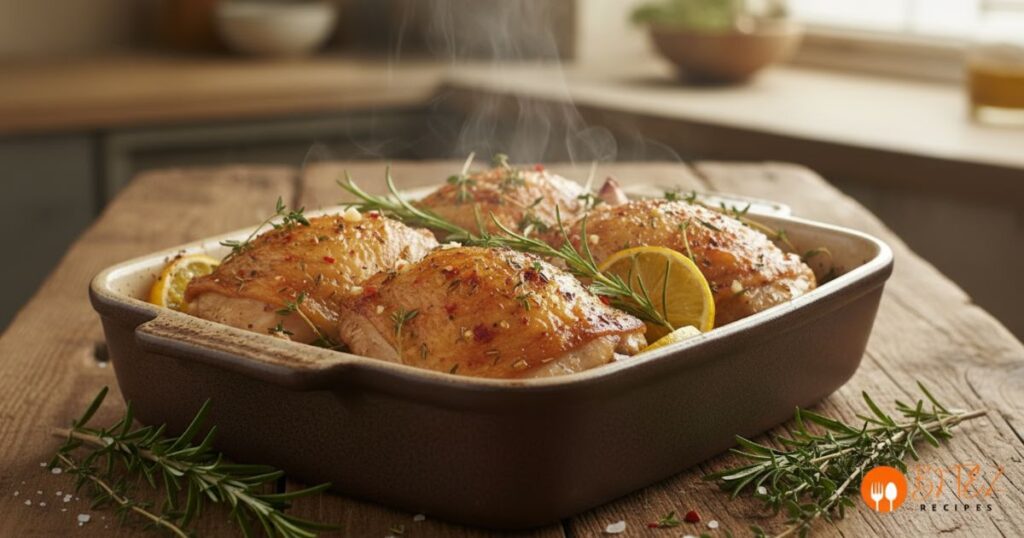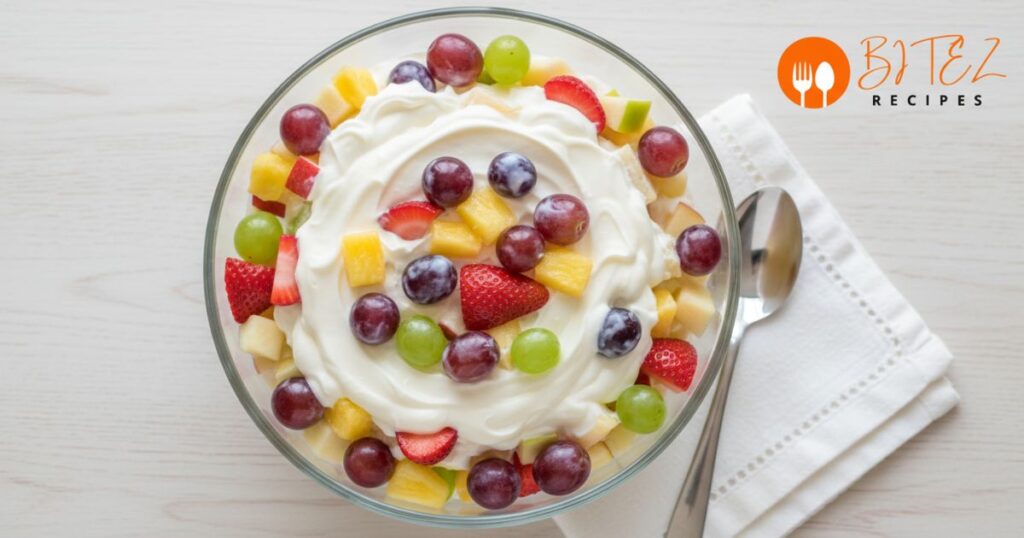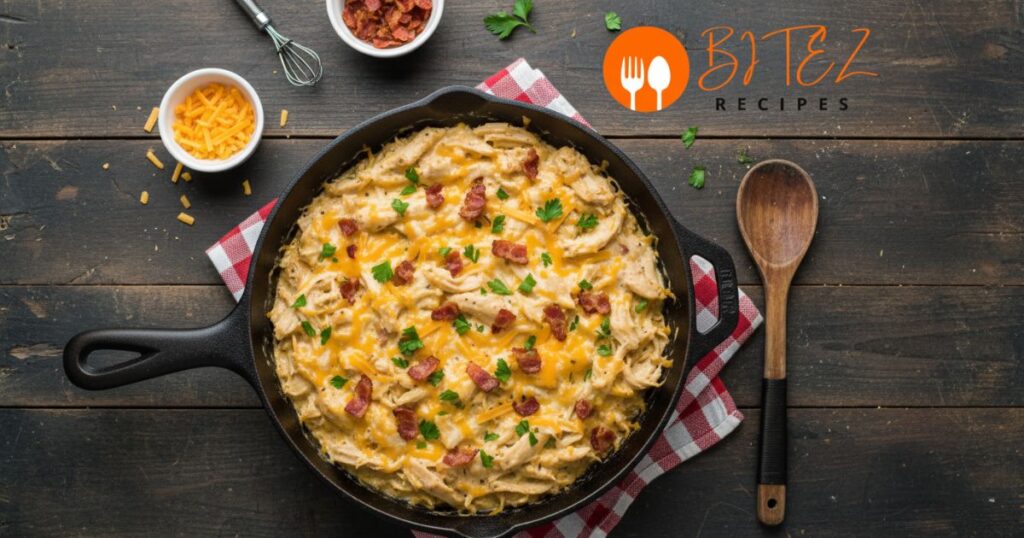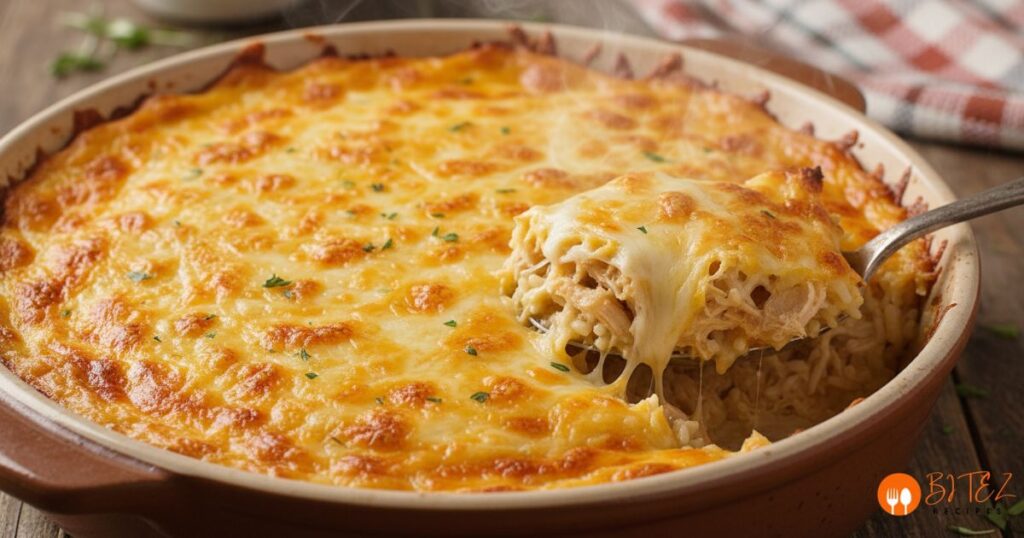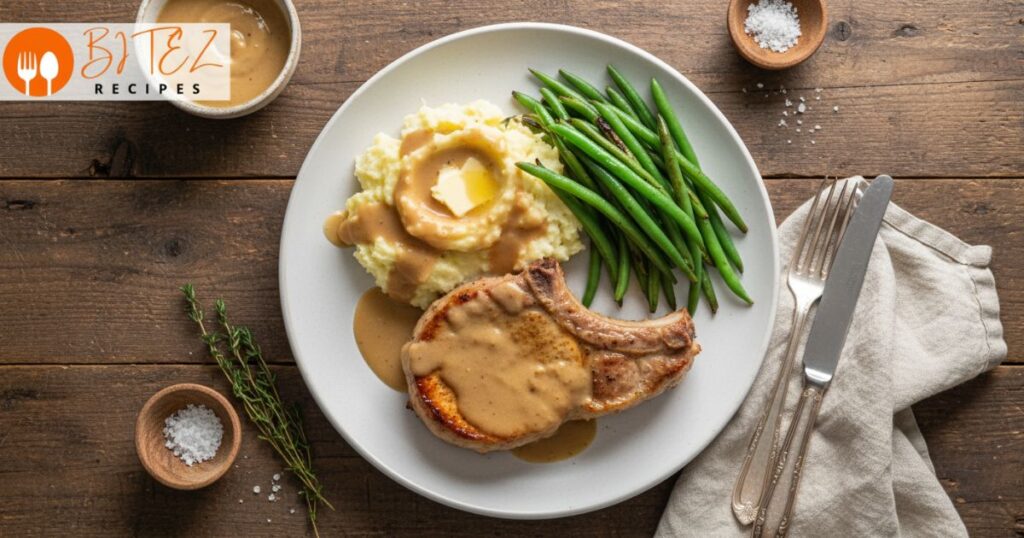Enter the exotic world of Pakistani food. Bold tastes and seductive spices define memorable dining moments. From roadside vendors to loved ones’ heirlooms, best Pakistani food blends a deep heritage and multicultural regionalisms.
Whether experiencing a steaming biryani dish or reveling in spicy kebab bites, Pakistani foods are an adventure through several centuries of taste traditions. Read this article discovering the Pakistani cuisine jewels lying in wait. Ideal for seasoned eaters ready to try new foods.
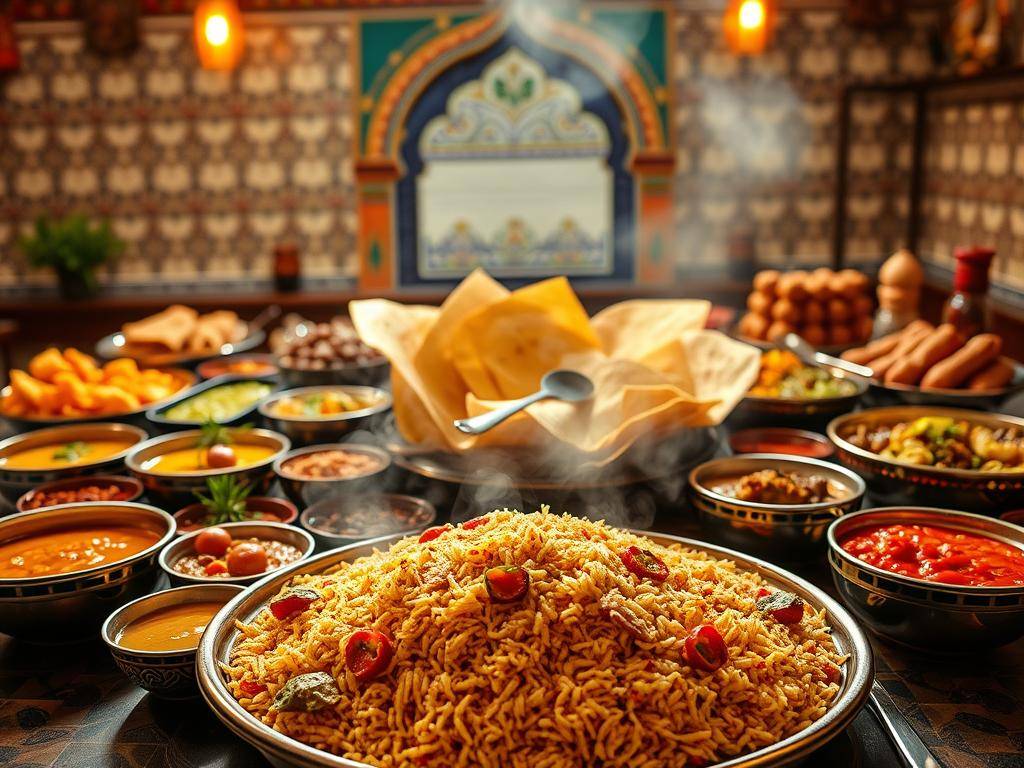
Bitez Recipes – A colorful and appetizing array of the finest Pakistani cuisine, with a variety of delicious dishes. At the front, a bowl of steaming, scented biryani, topped by bowls of creamy, rich dals, juicy kebabs, and multicolored chutneys. Centered, a few pieces of light naan, crunchy papadums, and classic desserts such as gulab jamun. The setting is done against the background of detailed tile work patterns and traditional Pakistani architectural features, with a warm, welcoming light. Soft lighting and a misty, soft ambiance provide an authentic, engaging experience, encapsulating the country’s rich culinary tradition.
Key Takeaways
- Pakistani food mixes spices such as cumin, coriander, and turmeric to create rich flavors.
- Regional styles emphasize unique tastes, ranging from the spicy Karachi foods to the mild Lahore versions.
- Best Pakistani cuisine includes fragrant biryanis, flavorful kebabs, and sweet treats such as gulab jamun.
- Pakistani dishes bear cultural influences from Mughlai, Persian, and Afghan cuisine.
- Discovering Pakistani food provides an entry point to Pakistan’s cultural heritage in its dishes.
The Rich Heritage of Pakistani Cuisine
Pakistani cuisine is a blend of history and culture. From the spice bazaars of Lahore to the mountains of Khyber Pakhtunkhwa, authentic pakistani cuisine reflects centuries of migration and trade. It’s rich in authentic pakistani flavors and techniques handed down over generations
Regional Influences on Pakistani Cooking
Each of Pakistan’s four provinces has its own cuisine. Punjab is famous for tandoori cuisine, Sindh has sea food, and Balochistan has dried fruits as well as Afghan cuisine of the North, which reveals the influence of neighbors.
These distinctions create a map of Pakistani geography and history in food.
How Pakistani Cuisine Is Different from Indian Food
“Pakistani food is not about spices—it’s about a story of identity and adaptation,” according to a chef in Lahore. Pakistani cooking methods tend to employ yogurt gravies and larger servings than India’s more delicate curries. Karahi and chapli kebabs are quintessentially Pakistani, with assertive, smoky flavors.
The Historical Development of Pakistani Flavoring
- Pre-Islamic period: Local grains and game consumed.
- Mughal period: Pilafs and heavy gravies introduced.
- Colonial influence: Street food innovations and tea pairings.
- Contemporary innovations: Fusion foods that combine tradition with international trends.
These layers create authentic pakistani cuisine as a living tradition, changing while respecting origins.
Must-Try Pakistani Foods for Every Food Enthuasiast
Exploring Pakistani cuisine? These famous Pakistani dishes and traditional Pakistani meals are must-tries. Each bite shares a story of history and culture.

Delicious Pakistani food, a rich brocade of textures and tastes. In the foreground, a platter containing a colorful variety of mouth-watering offerings – aromatic biryani, juicy kebabs, and creamy curries. Bitez Recipes. In the middle distance, steaming naan bread, hot from the oven and golden, beckoning the senses. In the distance, a touch of ornate decor and warm light, suggesting the cultural depth of Pakistan. The photo oozes an atmosphere of gastronomic pleasure, inviting the onlooker to partake in a culinary adventure.
- Biryani: Fragrant rice and tender meat, saffron and spices. A classic Pakistani dish that combines Mughal and local flavors.
- Nihari: Beef stew that is slow-cooked for hours. Ideal for sopping up naan bread. A weekend favorite, comfort food at its finest.
- Haleem: Slow-cooked mixture of lentils, meat, and spices. These combine to make a creamy and rich dish, usually eaten during Ramadan.
- Karahi: Chunks of juicy meat cooked in a cumin and chili tomato-based gravy. A hot favorite for those who love spices.
“Every spoonful of these dishes is a celebration of Pakistan’s culinary soul.”
Accompany these yummy Pakistani dishes with raita or chutney to balance them. From Karachi’s smoky renowned Pakistani dishes to Punjab’s tandoori specials, each state has its flavor. Let the journey start with these basics, then go further into their histories in the chapters that follow!
Savory Main Dishes That Define Pakistani Cooking
Each meal in Pakistani. These courses are the stars of large celebrations and everyday meals. From aromatic rice meals to hearty stews, these popular Pakistani dishes are a must for anyone attempting Pakistani food recipes. Let’s examine four dishes that combine old customs with modern cooking.

An irresistible line of classic Pakistani cuisine, featuring aromatic basmati rice, scented curry, juicy kebabs, and piquant dals, all preserved in soft, welcoming natural light. The main courses lie in the foreground, inviting saliva, and the cultural heritage is displayed in the background, with ornate patterns and textures drawn from the fabrics of Pakistani culture. Bitez Recipes.
Biryani: The Scented Rice and Meat Masterpiece
The secret to biryani is its unique cooking technique. Sindhi varieties incorporate yogurt-marinated meats, whereas Punjabi ones incorporate fresh mint and coriander. The rice, infused with saffron and bay leaves, is combined with meat. This makes the dish rich in aroma, ideal for large events. It’s one of the best Pakistani recipes adored across the globe.
Nihari: Slow-Cooked Meat Stew for Special Occasions
A breakfast dish in Mughal times, Nihari cooks meat in a clay pot for several hours. It is served with naan, and its rich gravy makes it a celebratory favorite. The dish illustrates how traditions evolve without losing their roots.
Haleem: A Nutritious Mix of Lentils, Wheat, and Meat
Haleem simmer lentils, barley, and meat slowly and prepares a creamy, protein-laden meal. It’s a huge hit during Ramadan, blending comfort with wellness. It’s a vital top Pakistani recipe.
Karahi: The Sizzling Pan-Cooked Delicacy
Stir-fried beef or chicken with onions and spices cooked in a cast-iron karahi pot, it tastes smoky. A household favorite, it is made with simple ingredients that turn legendary with the right hand.
Delectable Pakistani Bread Varieties
Bread is a big part of Pakistani food. It’s not only a side dish, it’s a necessity. You’ll get everything from soft naan to crispy roti. These are prepared using Pakistani cooking methods that have been used for centuries.
They’re wonderful for sopping up curries or just eaten plain. These breads are the foundation of traditional Pakistani food. They blend simplicity with tradition beautifully.

A sumptuous array of classic Pakistani bread types, lit in a warm, welcoming light. Crisp, golden-brown naan bread in the background, recently baked, alongside soft, pillow-like tandoor-baked roti. The middle distance features the light, layered paratha, its flaky texture tempting a bite. In the distance, the classic kulcha bread lies, ornate patterns on its face speaking volumes for the rich cultural past. The atmosphere is permeated with the warm, earthy color scheme, recalling the comforting taste of a Pakistani home. “Bitez Recipes” logo subtly rendered, encouraging the viewer to visit these mouth-watering bread riches.
| Bread | Ingredients | Cooking Method | Pair With |
|---|---|---|---|
| Naan | Flour, yogurt, herbs | Tandoor or oven | Spiced curries |
| Roti | Whole wheat flour | Stovetop | Daal or lentil soups |
| Paratha | Flour, ghee, fillings | Pan-fried layers | Chutney or raita |
| Tandoori Chapati | Whole wheat dough | Clay oven | Rich gravies |
Naan and tandoori chapati derive their smoky flavor from clay tandoors. However, you can prepare them at home in an oven or frying pan. Parathas are flaky due to ghee and spices, which are then pan-fried until they turn golden brown. Roti is crispy because it is cooked on a flat griddle.
Learning to create these breads brings Pakistani cuisine into your kitchen. Begin with roti for its simplicity or attempt garlic naan for its aroma of butter. Every bread is an anecdote of centuries of culinary history, and each bite is a cultural trip.
Pakistani Street Food: A Flavor Explosion
Walk into Karachi or Lahore’s bazaars. The aroma of Pakistani street food fills the air. There are crispy bites and savory morsels that proudly display Pakistani foods.
These tasty Pakistani foods are not just snacks. They’re a vibrant addition to daily life.
Golgappas and Chaat: Sour and Crispy Snacks
Golgappas are spiced lentil-filled dough shells. They are topped with yogurt and sour tamarind chutney. A squeeze of lemon juice makes them even more vibrant.
Chaat is a combination of crispy, spicy, and sour. It is available from carts by vendors who cry out “Achaay! Achaay!”
Bun Kebab: Pakistan’s Burger Equivalent
Minced meat, onions, and spices fill flattened bread. Smoky taste results from open grills on street kebabs. A cheap, ready meal.
It’s wrapped in foil by street vendors. Locals pick one up on their way to do errands. It demonstrates Pakistani street food is convenience and comfort.
Samosas and Pakoras: Ideal Tea-Time Snacks
Golden samosas crunch when you bite into them. They expose spiced potato or meat fillings. Pakoras—battered veggie fritters—are delicious with steaming chai.
These convenient snacks are a break time favorite. They’re popular among students and office goers.
Sweet Endings: Pakistani Desserts and Treats
Each meal in traditional Pakistani food saves the best for last. Classic Pakistani foods such as Gulab Jamun or Kheer don’t merely please a sweet tooth—they’re cultural jewels transmitted from generation to generation. These desserts, among the best Pakistani foods, combine spices, textures, and history into each bite.
“A meal without dessert is like poetry without a final verse.” – A saying in Pakistani cookery tradition
Gulab Jamun: Sweet Syrup-Soaked Fried Dough Balls
Deep-fried balls of khoya (milk solids), golden and fragrant, soaked in rose or saffron syrup, Gulab Jamun is a melting-in-your-mouth finale. Its spongy texture is achieved through the process of churning milk into khoya and deep-frying until caramelized. As a symbol of joy at weddings and Eid celebrations, it is a must-have.
Jalebi: Fried Spirals of Sweetness
Golden threads of batter, fried to crisp perfection, the crunch of Jalebi gives way to syrup-soaked insides. Overnight fermentation is all it takes for the batter to develop its distinct tang. Vendors roll them by hand, a craft they have mastered in decades. Opt for Kesari (cardamom-flavored) jalebis for some luxury.
Kulfi: Subcontinental Classic Ice Cream
In contrast to airy ice cream, Kulfi is dense and slow-churned. Flavours such as malai (milk-based) or kesar (saffron) characterise this dessert. It’s usually accompanied with pistachios or saffron threads, a cooling antidote to piquant main courses.
Kheer and Firni: Rice Pudding Delicacies
Rice milk pudding (Kheer) and its firmer cousin Firni differ by region. Both simmer rice with milk and sugar, spiced with cardamom and garnished with nuts. Firni’s thicker texture makes it a favorite in Punjab, while Kheer is a national comfort food.
These sweets aren’t merely desserts—they’re a key to Pakistan’s culinary heart. Find them at authentic Pakistani cuisine restaurants, or attempt to make them yourself for a flavor of tradition.
Crucial Spices and Ingredients in Pakistani Cuisines
Pakistani cuisines are famous for their strong tastes. They are derived from well-known Pakistani spices and prime ingredients. The must-haves include cumin, coriander, turmeric, and cardamom. Garam masala, a blend of as many as 12 spices, enriches curries and rice preparations.
Having these spices toasted before grinding releases their aroma. This distinguishes them from Indian spice preparations.
Ghee (clarified butter) and yogurt provide creaminess and a tang. Lentils such as masoor and moong are protein-rich in daal-type dishes. Meat eaters appreciate lamb and chicken, which are cooked long and slow until they are tender.
- Cumin (jeera): Contributes earthy warmth to curries and marinades.
- Bay leaves: Add subtle bitterness to lentil soups and rice.
- Green chilies: Dried or fresh, they balance heat in chaats and salads.
Pakistani cooking methods are central to genuine pakistani flavors. These are some:
| Technique | Process | Example Use |
|---|---|---|
| Bhunai | Sautéing spices in oil until fragrant | Base for creamy curries |
| Dum | Sealed slow cooking | Biryani’s layered perfection |
Home cooks may experiment with pre-ground spices. But for true Pakistani flavor, whole spices need to be ground. Coconut oil can be substituted for ghee for dietary purposes. But it alters the flavor. Understanding these fundamentals can turn your kitchen into a haven for Pakistani cuisine’s rich traditions.
Where to Enjoy True Pakistani Cuisine in America
Seeking genuine Pakistani cuisine in the USA? Begin with knowing where to look. It is available in large cities and during festivals. Here’s where to get the best Pakistani foods around you.
Best Pakistani Restaurants in Major US Cities
Have a look at these best Pakistani restaurants for locals’ favorites:
| City | Restaurant | Must-Try Dish |
|---|---|---|
| New York | Dhaba | Goat curry with naan |
| Chicago | Punjab Grill | Lamb karahi |
| Los Angeles | Khyber | Chicken tikka galouti |
| Houston | Mughlai | Hyderabadi biryani |
Pakistani Food Festivals Worth Visiting
Do not miss the following festivals that commemorate Pakistani foods:
- New York: Pakistan Day Parade (June) offers free food and music.
- Houston: Lahore Festival (September) offers haleem and cultural performances.
- Chicago: Diwali Mela (November) offers stalls with samosas and masala chai.
Tips for Finding Authentic Pakistani Restaurants
Discover true authentic Pakistani cuisine with these tips:
- Menus with offerings such as Sindhi khichri or Peshawari kebabs.
- Decorations that incorporate Pakistani textiles or photographs.
- Attendants that provide information about spice levels for dishes such as dhall or paye.
Employ these suggestions and regional reviews to discover secret places. They blend the best Pakistani restaurants with American flair.
Conclusion: Celebrating the Varied Flavors of Pakistan
Pakistani cuisine is an exploration of history, culture, and flavor. It is as varied as from the scented biryani to the sizzle of kebabs. Every dish tells a tale of tradition and creativity.
Sampling these flavors links us to the culinary soul of Pakistan. Spices such as saffron and cardamom make up authentic Pakistani flavors. They represent the best Pakistani food.
Restaurants and festivals in the United States demonstrate how Pakistani food has adapted. They respect its origins. Whether nihari in New York or haleem in Chicago, every bite demonstrates Pakistani hospitality.
American chefs combine international trends with traditional methods. This testifies that Pakistani food is progressive and inclusive.
Begin with meals such as butter chicken or aloo paratha. Gradually move on to spicier dishes such as karahi. Opt for restaurants with regular locals for true flavors.
Experiment with cooking chappati at home using bought spices. Every step increases your appreciation for this rich heritage.
Pakistani cuisine is not food; it’s a cultural bridge. Sharing meals such as samosas or kulfi creates understanding. It converts curiosity into connection.
With so many choices across the country, the time to venture into Pakistani cuisine is now. Your next dining experience is a delicious bite away.
FAQ
What are some beginner-friendly must-try Pakistani dishes?
Begin with Biryani, a delicious rice and meat combination. Experiment with Haleem, a nutritious combination of lentils, wheat, and meat. Don’t forget Karahi, a spicy dish that boasts Pakistani flavors.
Why is Pakistani food distinct from other South Asian foods?
Pakistani cuisine is known for the strong spices and flavors used in it. Pakistani cuisine also incorporates regional tastes to highlight various destinations. Indian cuisine is different as Pakistani foods generally revolve around meat.
Is there a distinctive Pakistani method of cooking I must be aware of?
Absolutely! Bhunai (spicing sautéed foods) and dum (slow food preparation) are vital. They imbue the dishes with intense flavor. The use of these practices makes classic meals rich and flavorful.
Where are the most authentic Pakistani restaurants in the US?
Check in large cities such as New York, Chicago, and Los Angeles. These cities host excellent Pakistani restaurants. Opt for those that specialize in dishes like Nihari or Karahi for an authentic taste.
What is Pakistani street food and what are some popular dishes?
Pakistani street food is a variety of quick, tasty bites. Try Golgappas, crunchy snacks with tangy water. Bun Kebab is like a Pakistani burger. These are cheap, flavorful, and show off Pakistani food culture.
What are some essential Pakistani spices to have in my kitchen?
You need cumin, coriander, turmeric, and garam masala. Using these spices will give your dishes the vibrant, complex flavors of Pakistani food.
Can you suggest simple recipes for traditional Pakistani food?
Absolutely! Begin with Daal (lentil stew) or Roti (flatbread). They’re simple and a great way to start learning about Pakistani flavors.
Do any Pakistani food festivals exist in the US?
Yes! Pakistani food festivals mark Pakistani cuisine all over the US, as part of cultural festivals. Watch for festivals featuring traditional food, cooking demonstrations, and authentic flavor.
